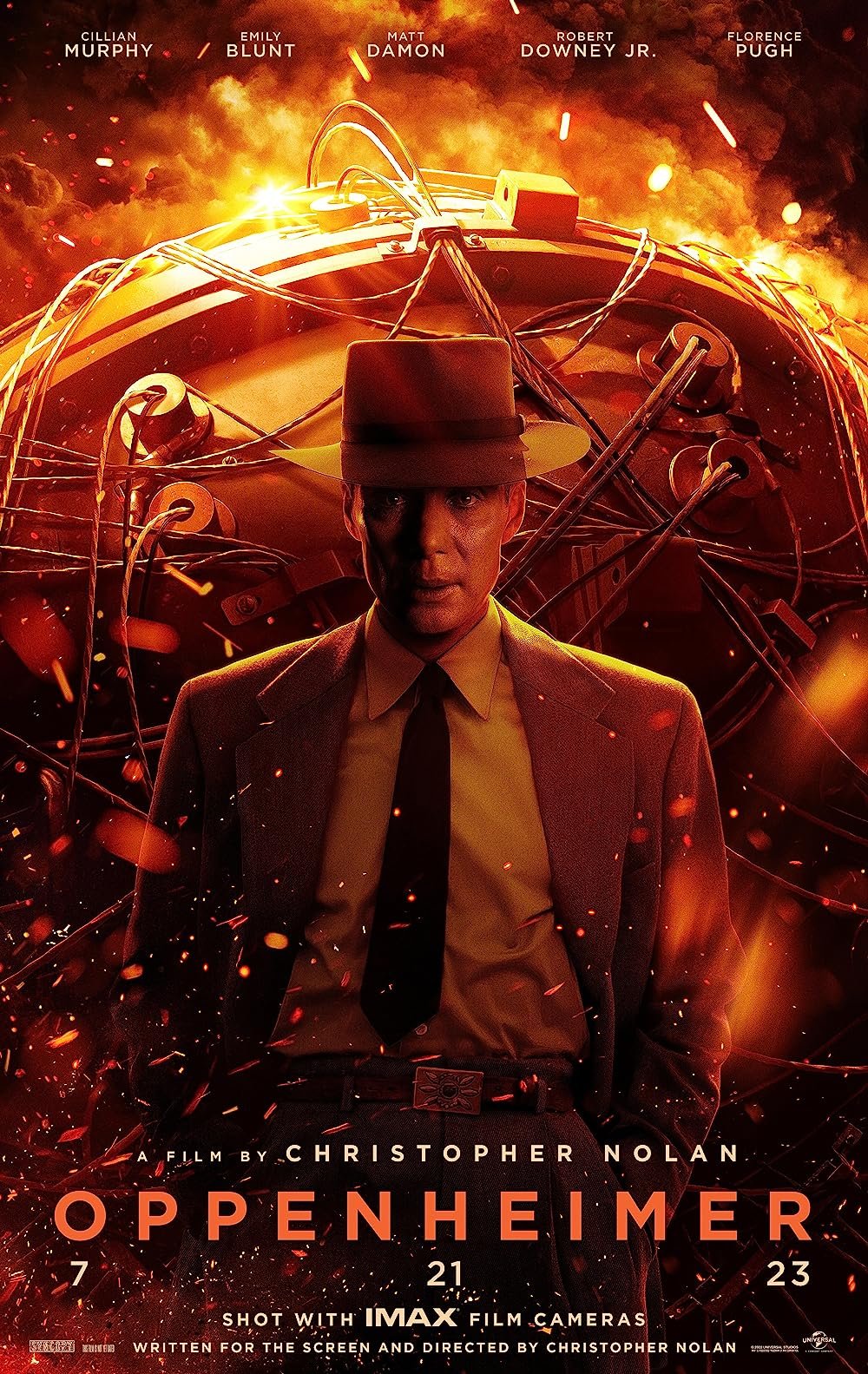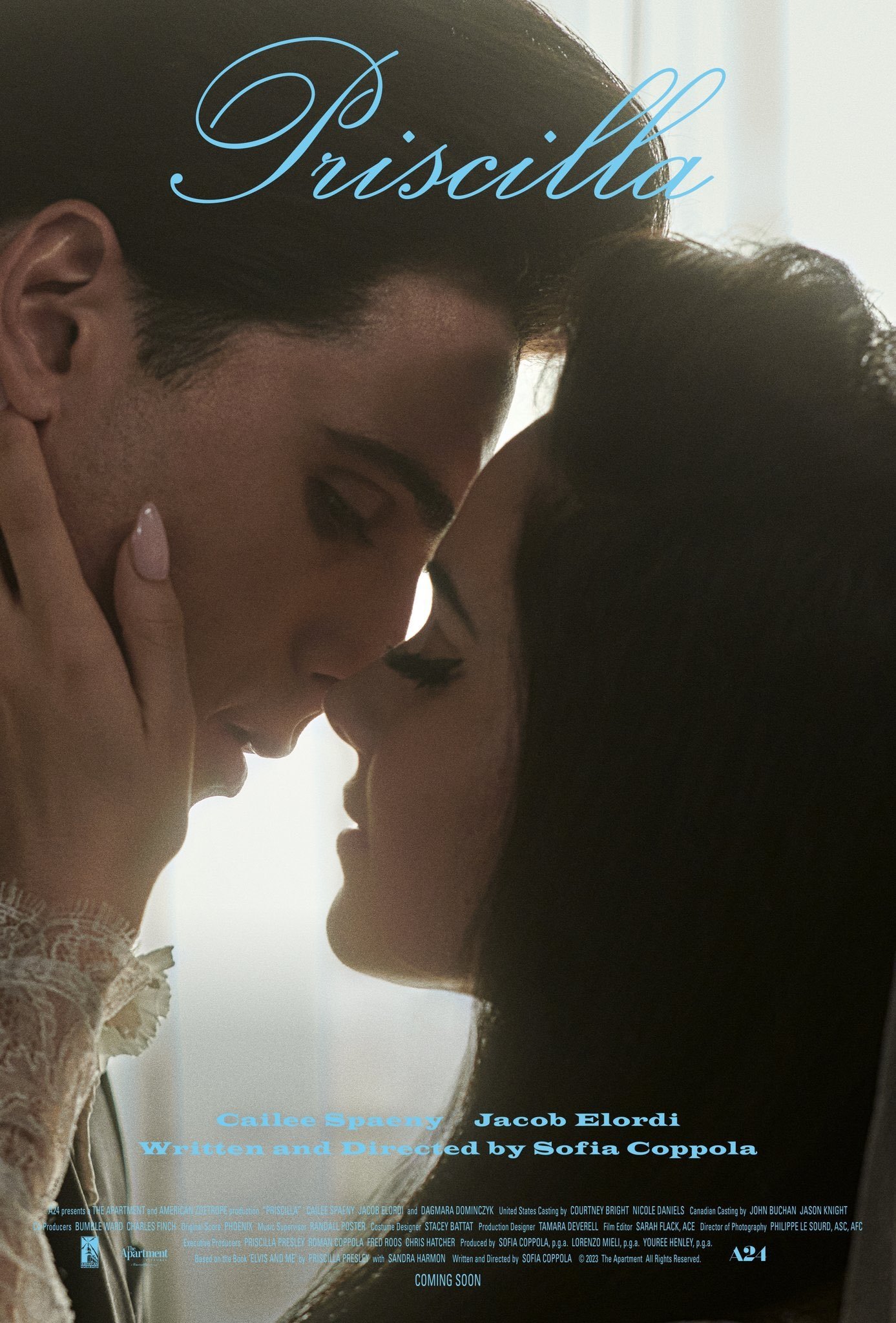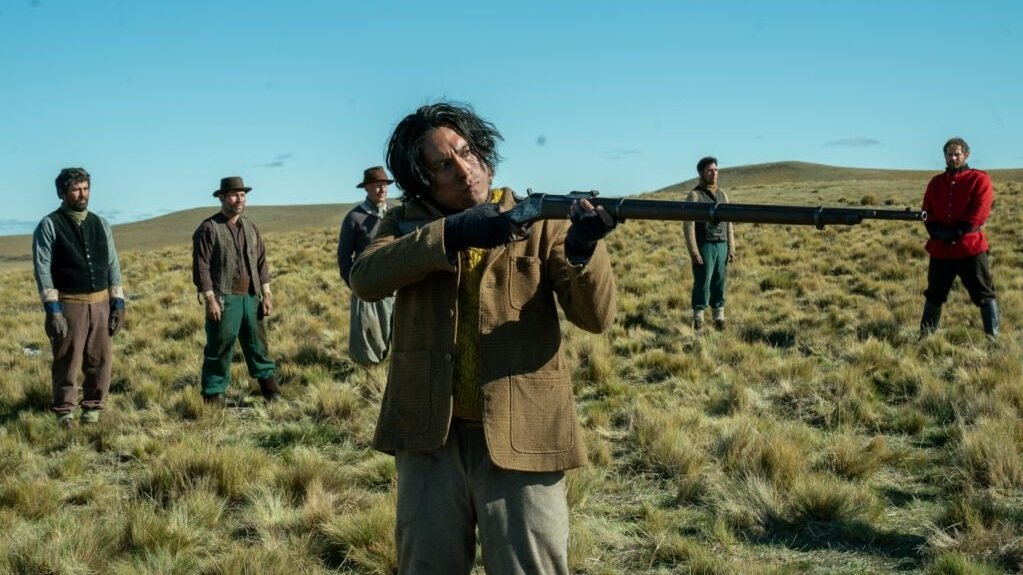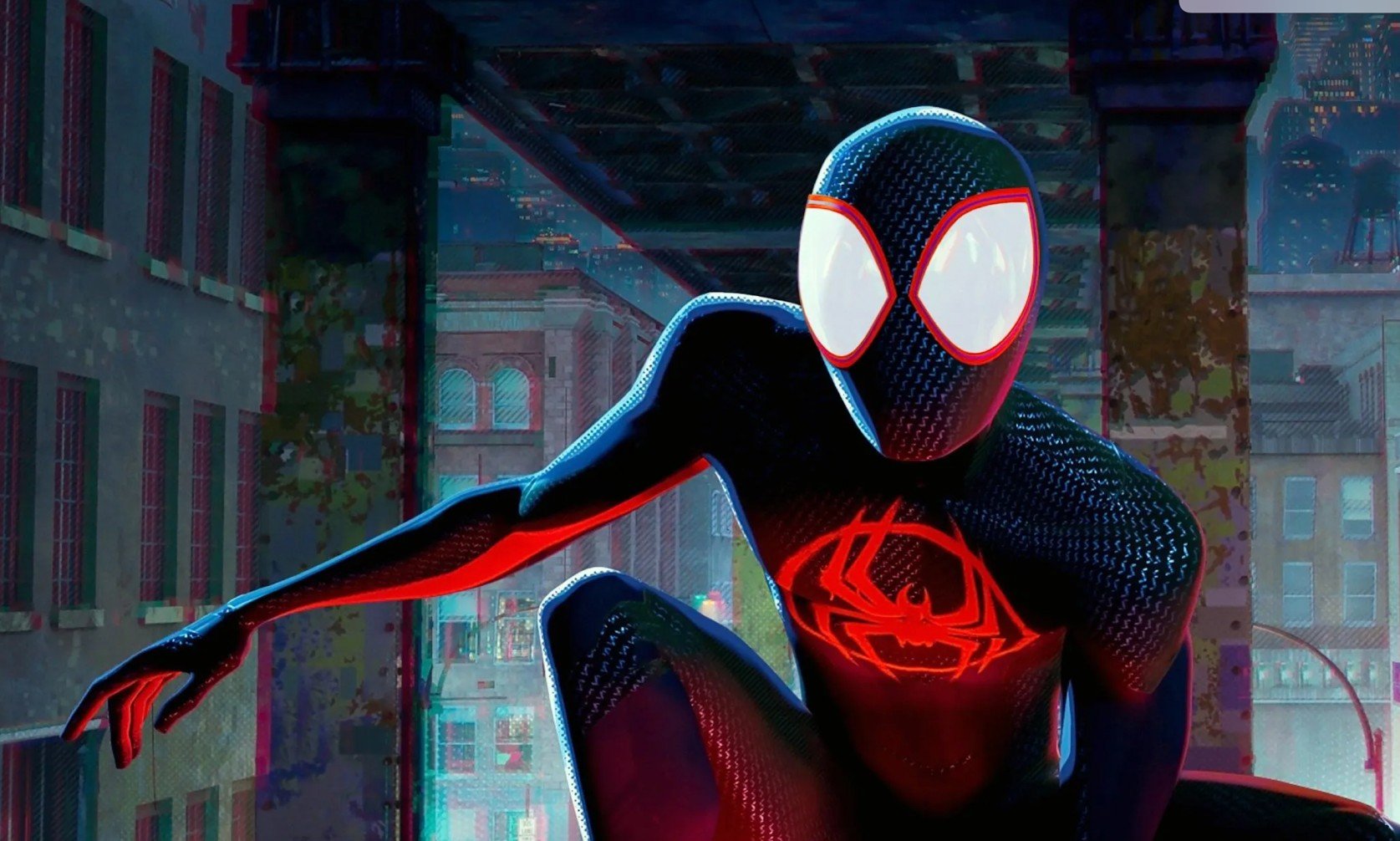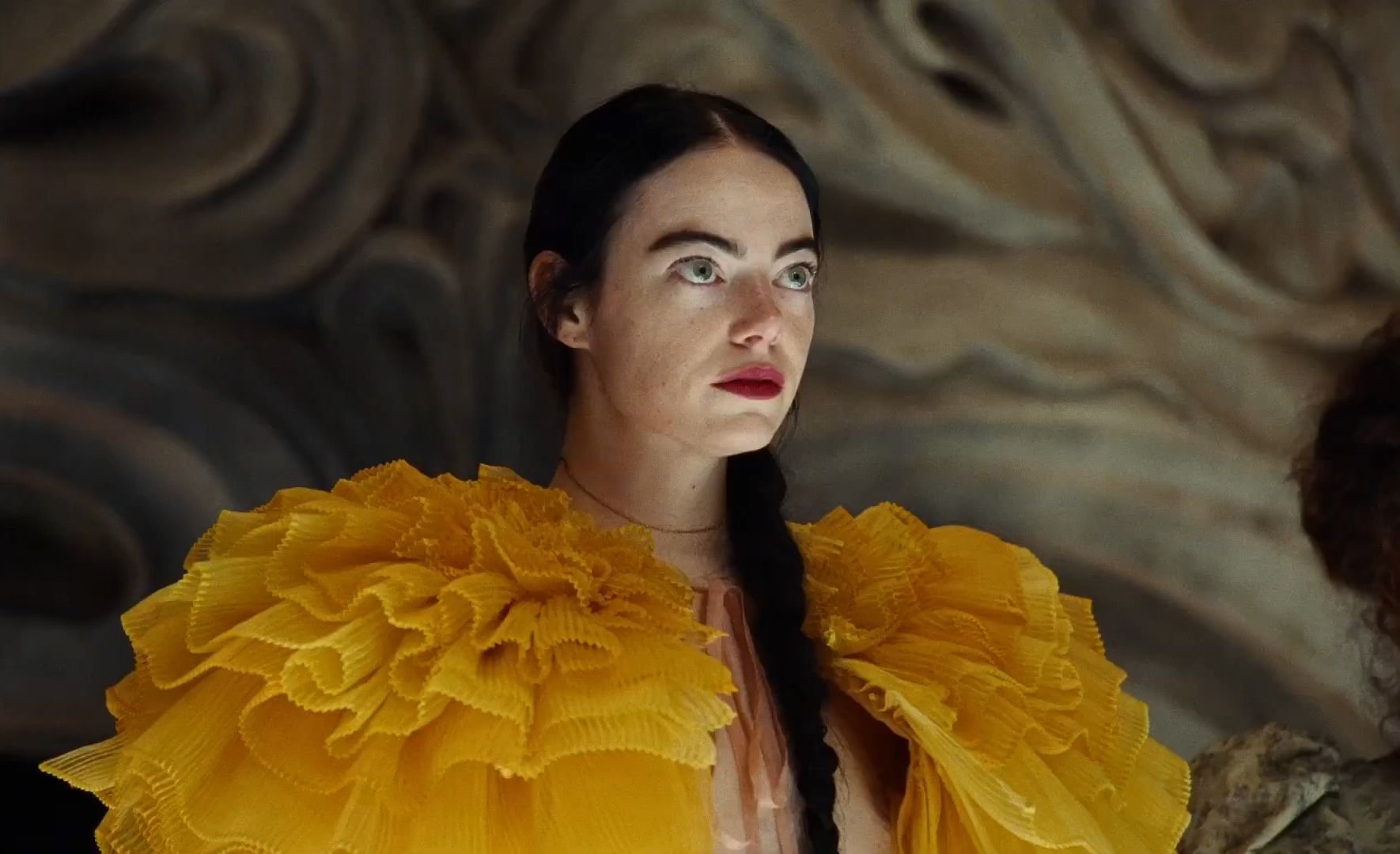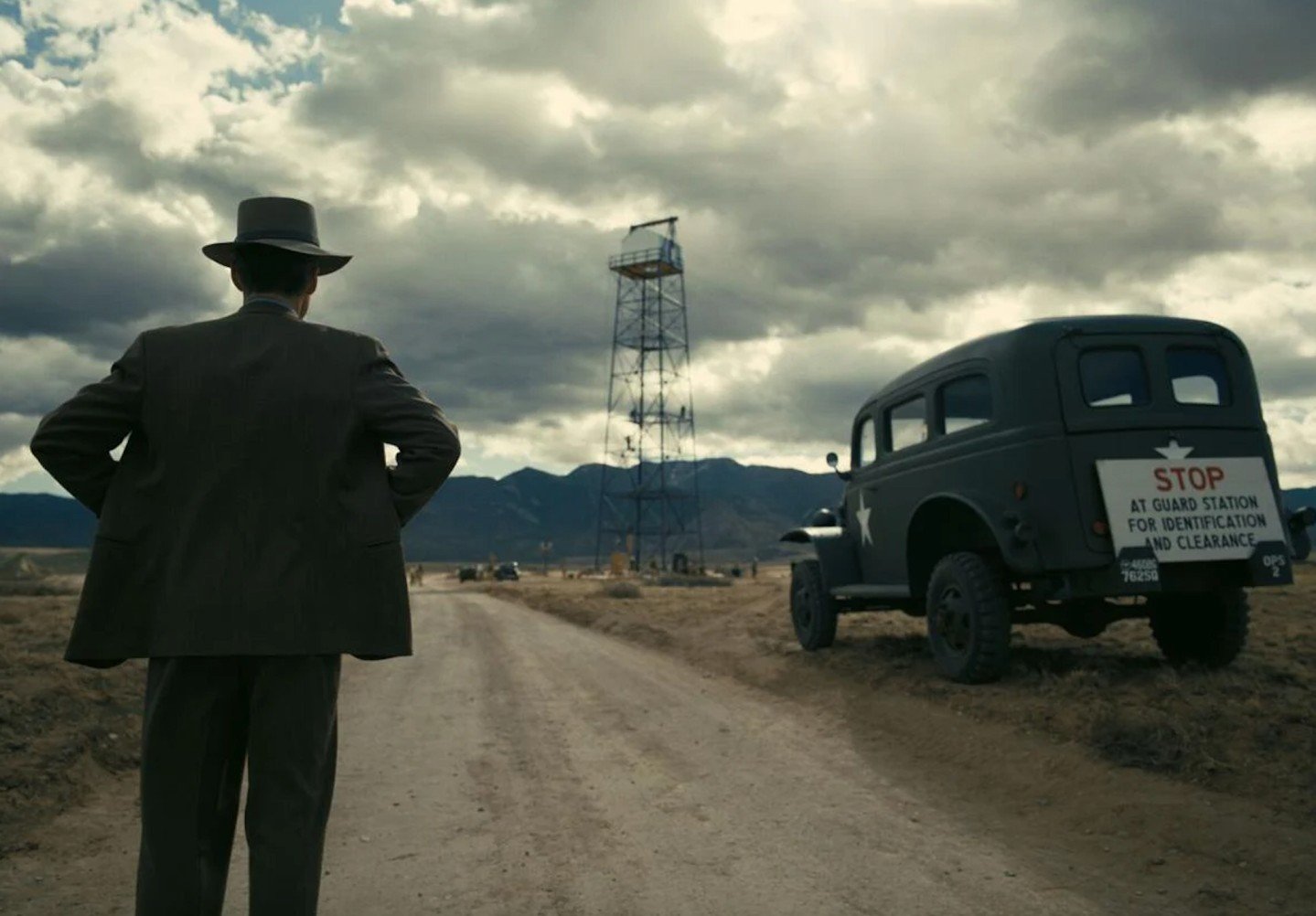Directed by: Andrew Haigh
Written by: Andrew Haigh, based on Taichi Yamada’s novel
Starring: Andrew Scott, Paul Mescal, Claire Foy, and Jaime Bell
Runtime: 105 minutes
‘All of Us Strangers’ effectively offers familiar, universal themes as delicate declarations of regrets, hopes, tenderness,
and forgiveness fill the screen.
Adam (Andrew Scott) lives alone.
He’s a successful screenwriter living in a London high-rise but doesn’t visibly engage with anyone except a neighbor, Harry (Paul Mescal). One day, Harry stops by Adam’s place, hoping to connect. Eventually, they begin a love affair while Adam reminisces about his late parents (Claire Foy and Jamie Bell), who died in a car accident – 30 years prior during the 1980s – “just before (he) was 12.”
Adam attempts to write about his late folks, and Harry asks, “How’s it going?”
He responds, “Strangely.”
You see, through his imagination or some unexplainable, mystical link, Adam reconnects with his mom (Foy) and dad (Bell), and – now – the three are adults.
In director/writer Andrew Haigh’s profoundly affecting cinematic tale – based on Taichi Yamada’s 1987 novel “Strangers”- he explores Adam’s feelings of comfortably belonging in today’s world while facing the wounds of emotional isolation from the past. “All of Us Strangers” tugs on the heartstrings as delicate declarations of hopes, regrets, tenderness, and forgiveness pour off the screen in the tearjerker of the year.
Emotionally, the movie resonates and thrives through personal, intimate discourse, but mechanically, Haigh and cinematographer Jamie Ramsay frequently travel between contrasting visuals of (recent) present-day and the 1980s. Now, the big-screen transitions between eras seem effortless, like gentle winds cradling us across time and space. Still, our director purposely highlights the stark differences, ones that established Adam’s foundation and shaped his current perspectives.
Adam resides in a state-of-the-art but admittedly antiseptic urban flat, but he visits his large, inviting suburban childhood home, complete with a detached pitched-roof garage. The differences are not limited to the physical surroundings. They also swim with personal outlooks. Mom and Dad carry their experiences through the Margaret Thatcher years, but their beloved son reaches his deceased parents as a 40-year-old man who lived through Britain’s communal changes over three decades.
Mom, Dad, and Adam profoundly love one another; however, mistakes, oversights, and miscommunications are as commonplace with any family as warm hugs, kind confessionals, and pure joy. This family is close, but they also are strangers, as parents can’t know all the mysteries, conflicts, feelings, and ideals within their children. In Adam’s case, an additional secret – his sexuality - alluded his guardians.
First and foremost, this new kinship reunion is a glorious, tangible gift for Adam (and for his mother and father), but it also presents an extraordinary opportunity to divulge all his confidences and for them to respond.
“All of Us Strangers” is a grounded film about healing and reconciliation through cinema’s spacious, transcendent magic. Its most moving scenes can be rightly compared to the final sequence between Ray Kinsella (Kevin Costner) and John Kinsella (Dwier Brown) in “Field of Dreams” (1989), except in the 2023 movie’s case, Adam, Mom, and Dad share ample time together throughout 105 on-screen minutes.
“Always on My Mind” (1987) by Pet Shop Boys proudly rests on the film’s soundtrack, and the lyrics of the 80s new-wave remake wholly reflect the sentiment.
“Maybe I didn’t treat you quite as good as I should. Maybe I didn’t love you quite as often as I could. Little things I should have said and done; I never took the time. You were always on my mind. You were always on my mind.”
This is a story about second chances and embracing the moment. Adam acts both, and on the latter with Harry after our lead initially rebuffs his advance. Harry is assured of his position in the world but doesn’t possess Adam’s (initial) family footing. Still, Adam’s new partner offers a space of comfort and support while they share their vulnerabilities.
All four skillful leads – by welcoming Haigh’s script and extending warm chemistry – deliver soulful, touching performances through model, earnest exchanges.
In our off-screen, real world, let’s follow their lead in the here and now…before it’s too late.
Jeff’s ranking
3.5/4 stars










